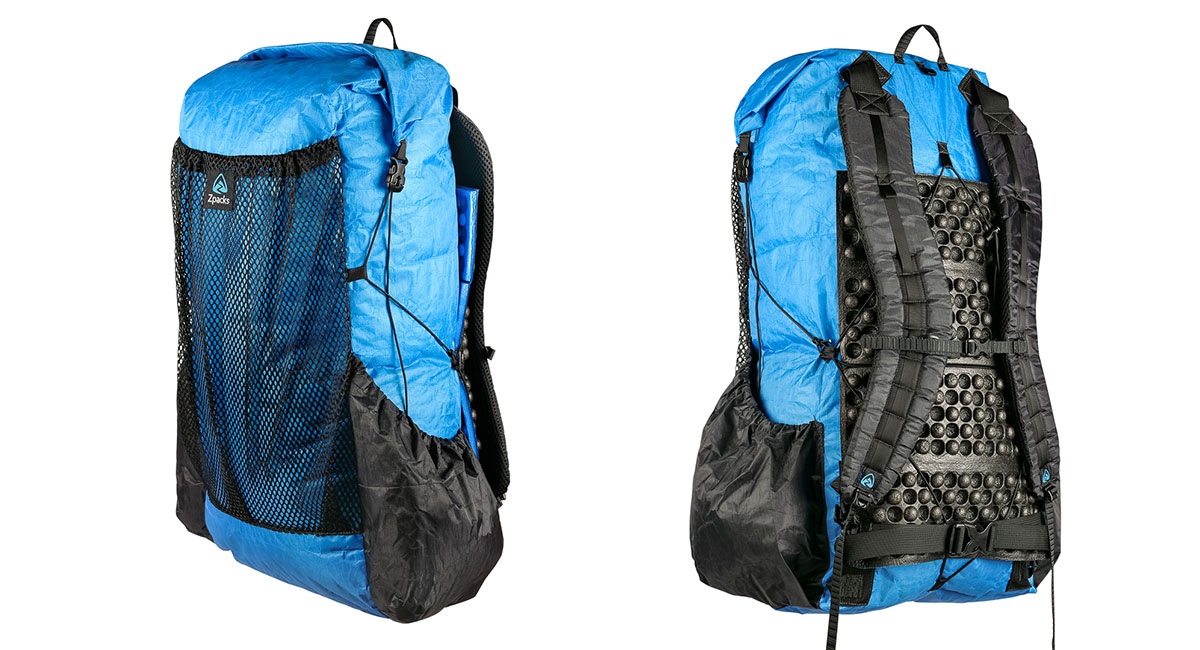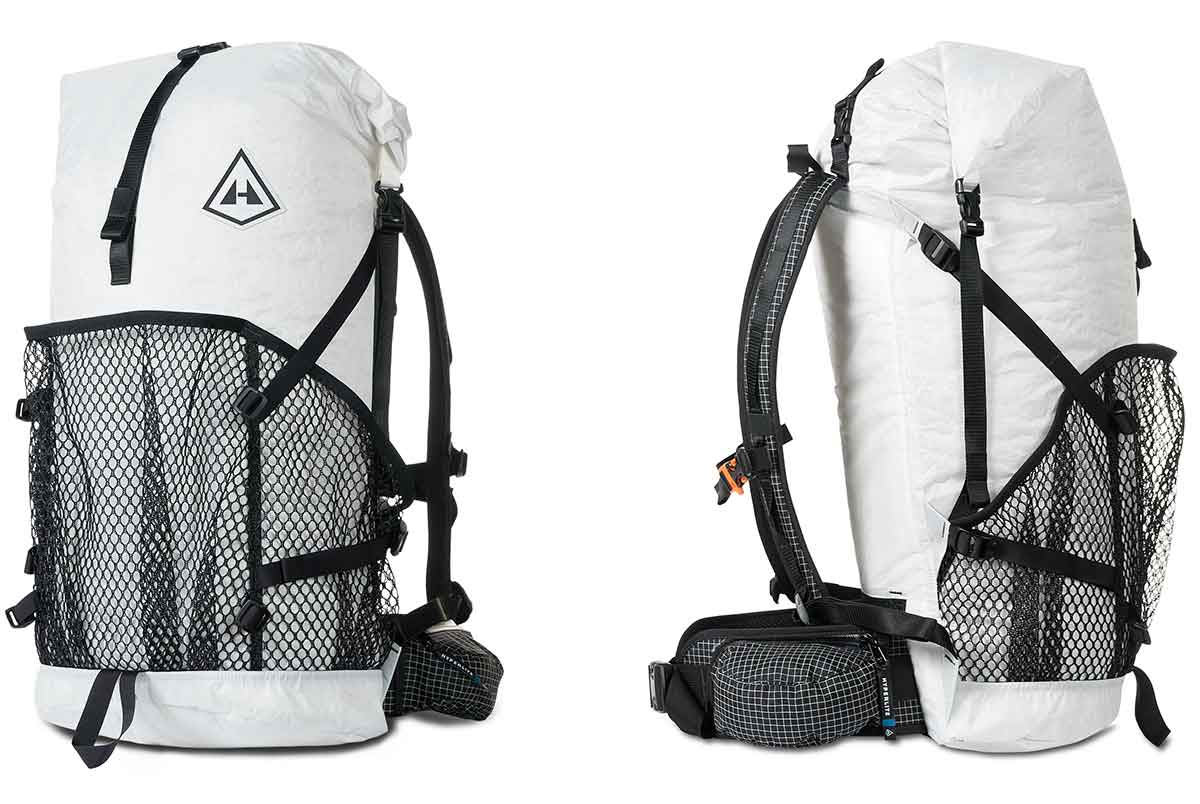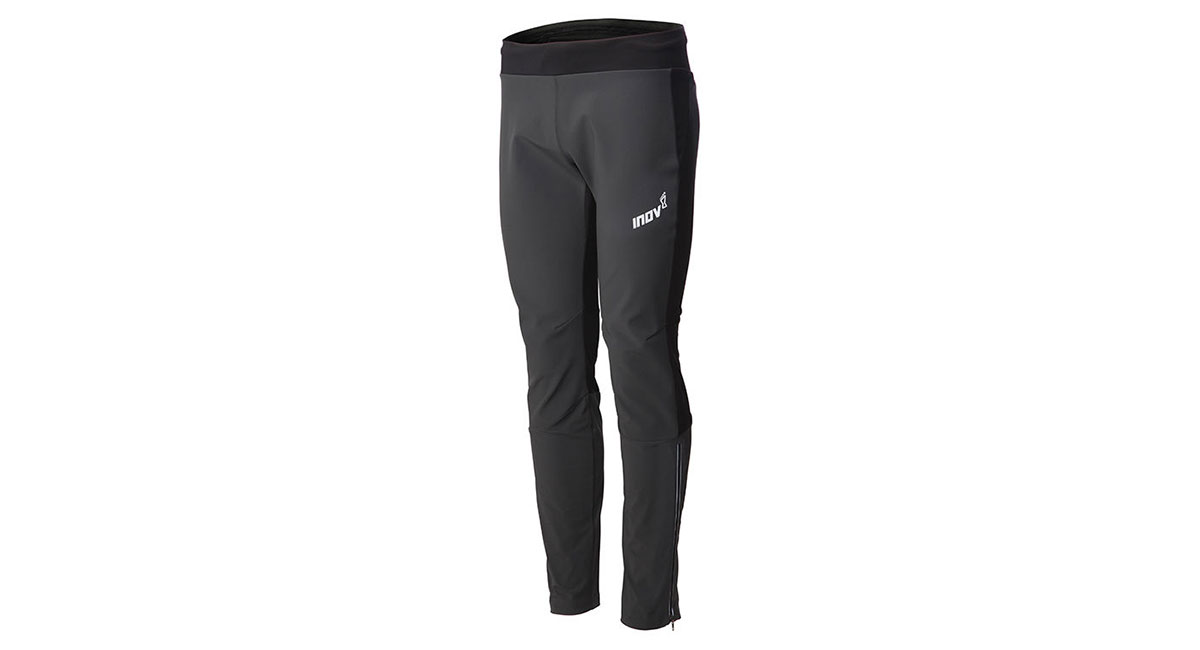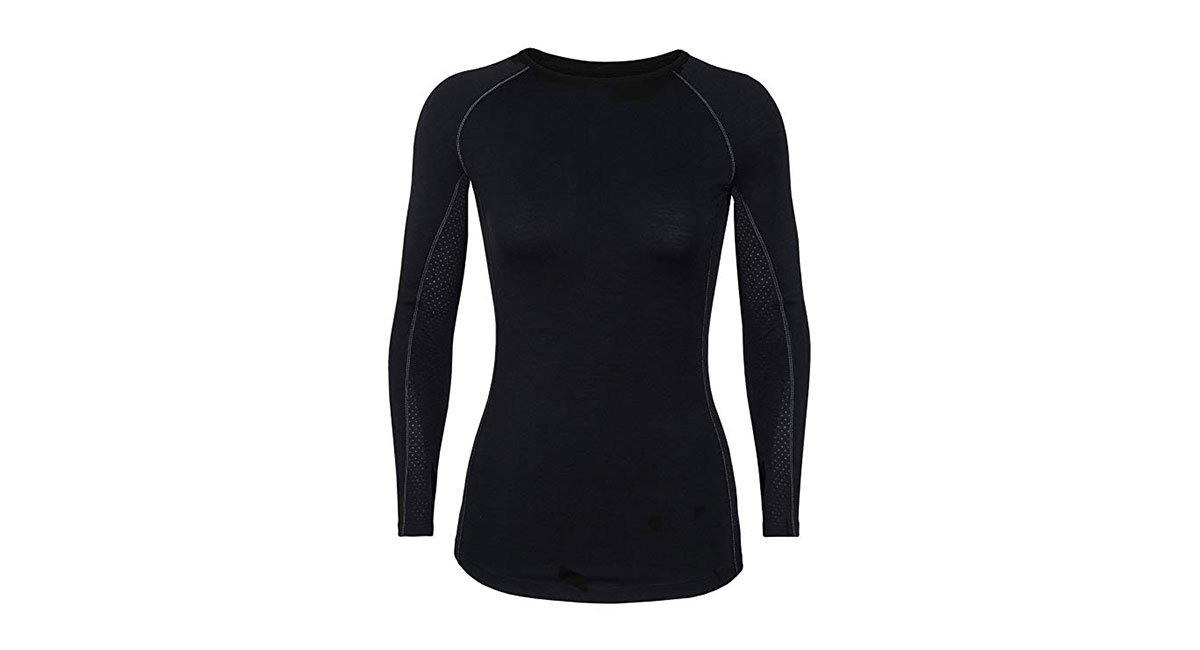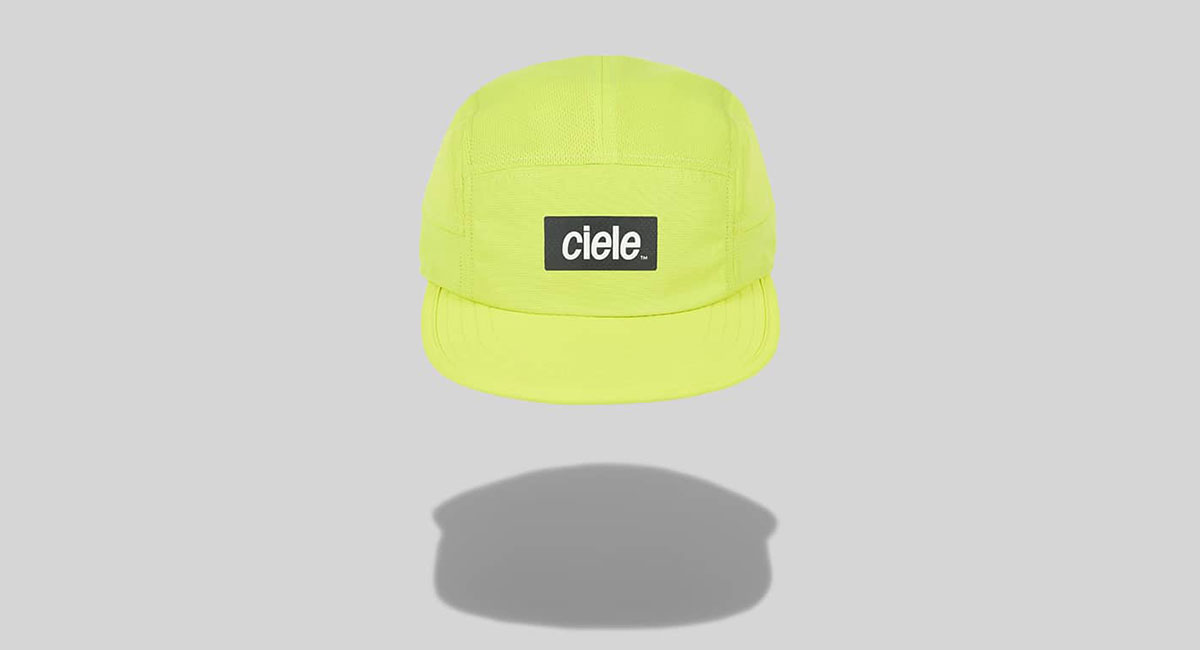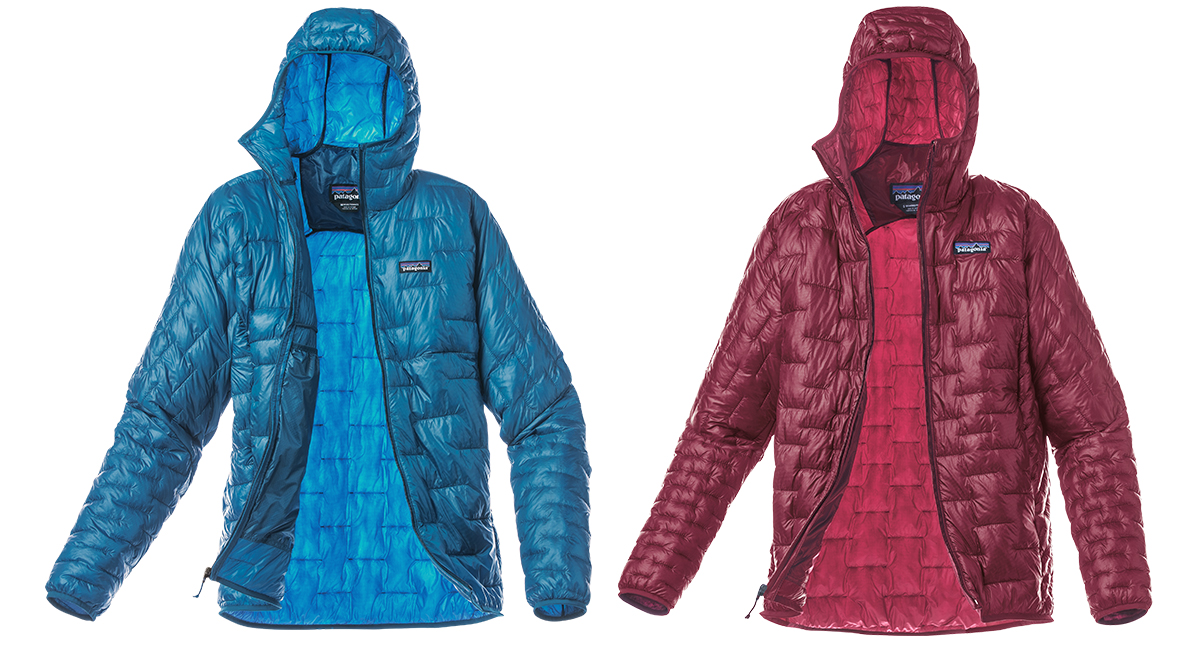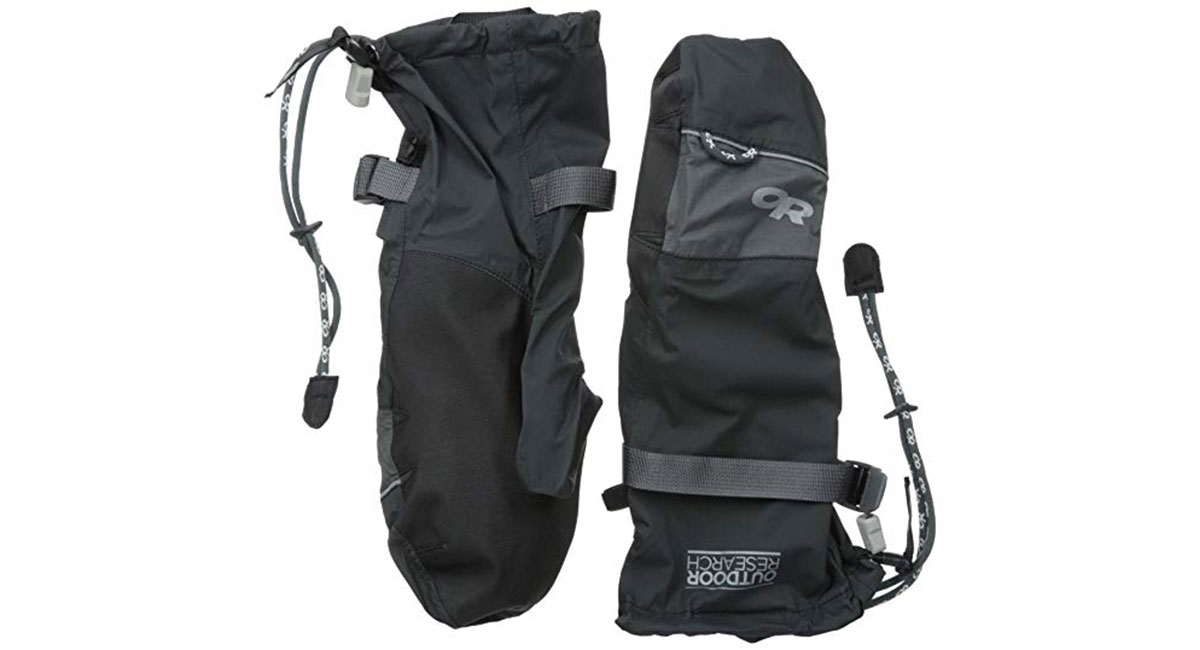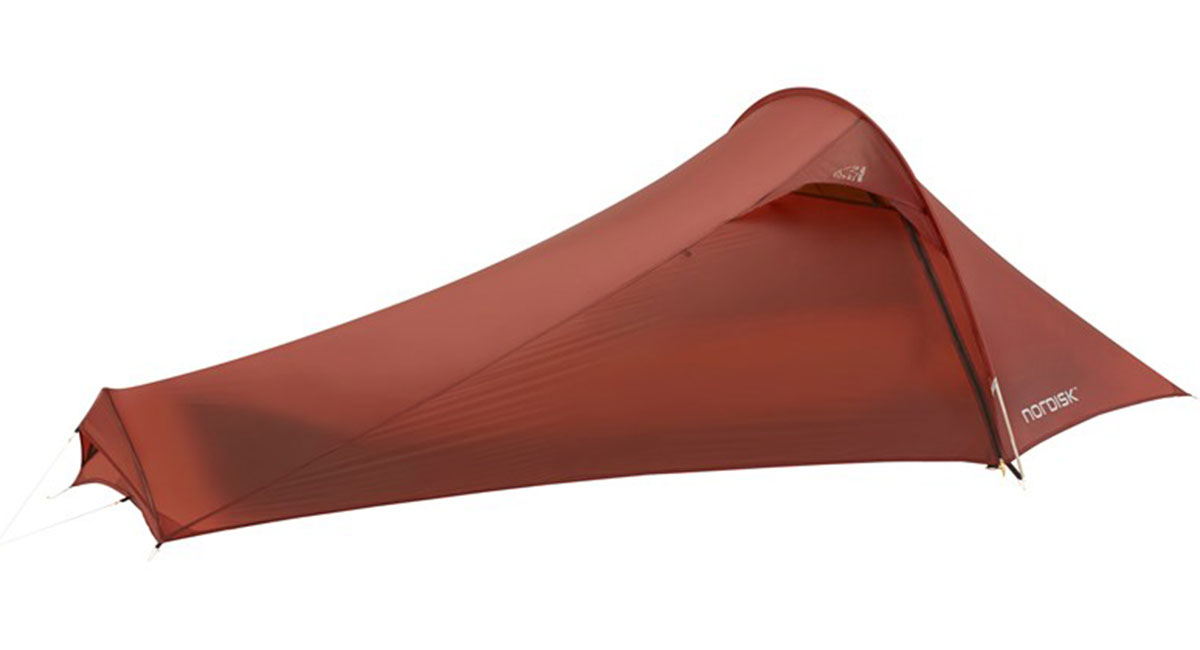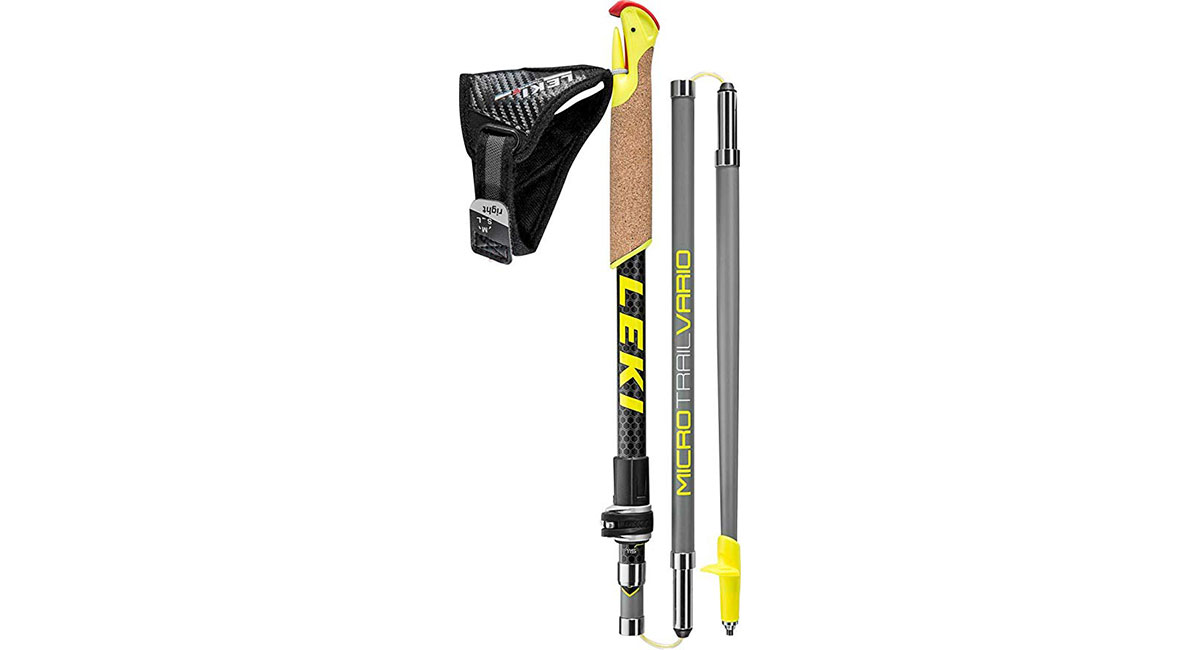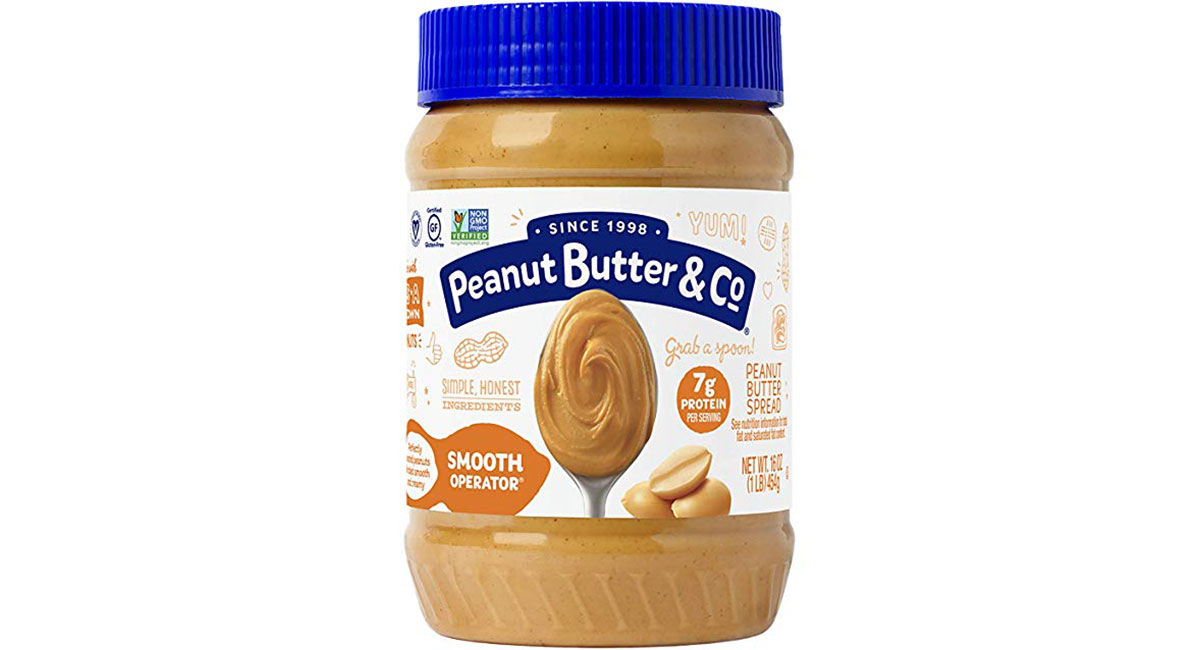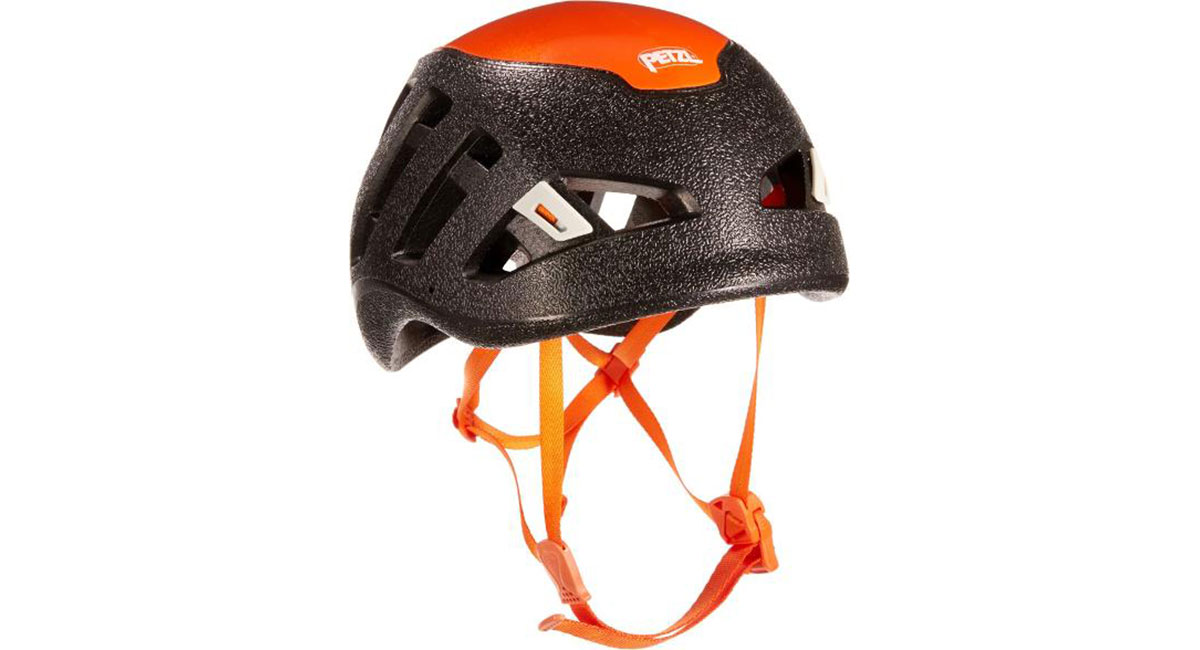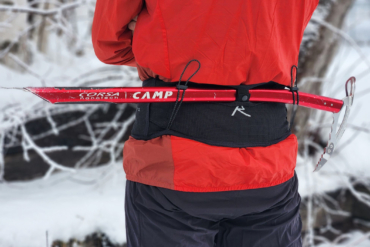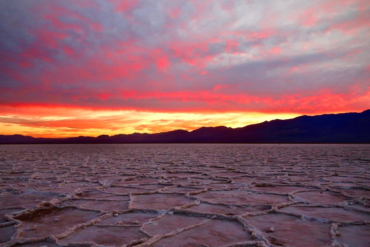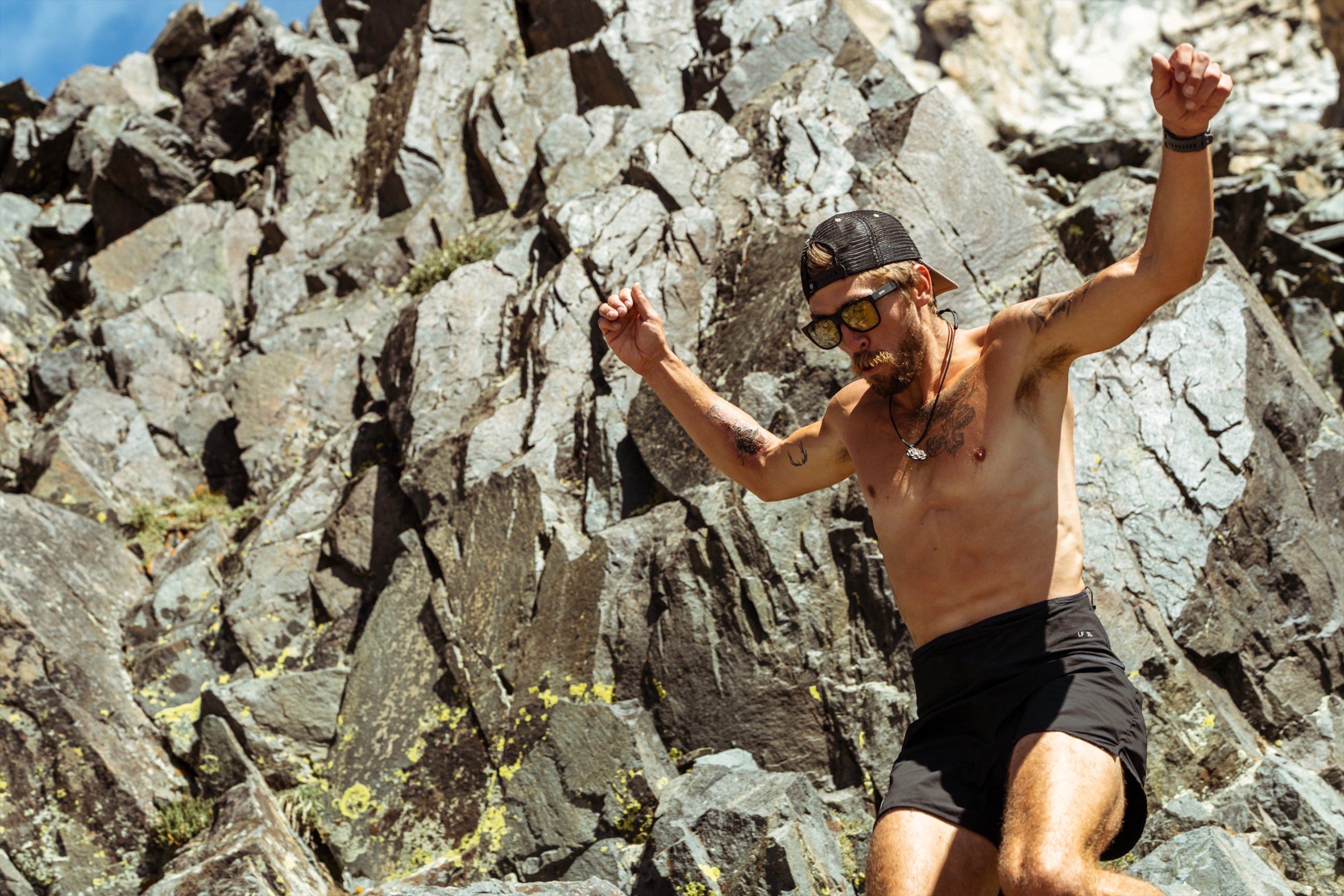Our contributor shares the gear it took to win the Patagonian Expedition Race, a rugged 600-km, 7-day slog across the wilds of Patagonia, Chile.
Adventure racing is all about efficiency because you don’t have the luxury of time. Races last for days, and you are always on the clock. So when gear costs you time — like a loose gaiter that keeps sliding down, a stuck zipper, or a broken backpack buckle — it really makes an impact. It can even cost you the race.

This year, we managed to pair the right gear with a solid team dynamic, which helped us win the Patagonian Expedition Race.
This race has been a testing ground for ultralight gear for nearly 20 years. The unique combination of rugged wilderness and a motivation to go “fast and light”create an event where teams are not only tested physically by the environment, but also by their choice of gear. The harsh environment coupled with the intense winds and challenging terrain makes it the perfect place to test gear, as it quickly highlights the best and the worst of it.
Our group, Team Bend Racing/YogaSlackers, is known for bringing the lightest, newest gear. And we’re extremely tough on it because nothing but function matters when we’re in race mode. We don’t baby our gear — scrambling abrasive rock outcrops, crossing more wild rivers than we can count, and charging right through dense, fabric-rending forests.
Gear for Adventure Racing
Below is a list of gear that performed above and beyond for us during the Patagonia Expedition Race — the most epic of gear testing grounds.
Dyneema Composite Packs
Dyneema Composite Fabric (DCF) packs have changed our racing game. This fabric is ultradurable, hard-wearing, easy to repair, and totally hydrophobic. And that’s the most important part: The pack fabric itself doesn’t take on water or get heavier at all.
As simple as it sounds, this small feature is amazing in environments where wetness is inevitable. Even the most careful ultralight pack job becomes pointless after our first deep river crossing if the bag itself gains weight once waterlogged.
Plus, the durability-to-weight ratio is incredible, with weight comparable to the lightest packs and durability rivaling the most overbuilt. These packs have survived every expedition race we’ve taken them on, including Patagonia, which in previous editions has managed to destroy every pack we ever brought.
Members of our team have used and loved both the Hyperlite Mountain Gear Windrider (starting at $310) and the Zpacks Nero ($199). They have a few differences, as seen below.
Zpacks Nero Backpack: $199
At $199, this pack is an amazing entry level to DCF packs. It is a simple, frameless pack that comes with a small section of eggshell-style foam padding for back comfort and airflow. This is easily removable as a sit pad or minimalist sleeping pad. A big, mesh pocket on the back and two roomy side pockets give easy access to gear, food, or water bottles, and the drybag-style roll-top closure will seal out all water in even the worst downpour.
Racers will likely want to add on the Dyneema hip pouches and shoulder pockets (additional cost). At 38L capacity, it’s just enough for a few days and nights if you pack smart and really embrace the ultralight racing mindset. Bonus: The blue and green colors add a little flash to the normal DCF “dirty white.”
Shop Zpacks Nero BackpackHyperlite Mountain Gear Windrider: $310-380
This is the pack I would keep if I had to trim down to one. And with the redesign of the hip belt pockets, it became even better. We’ve used the Windrider pack for the past 4 years, and it’s still exceeding expectations.
Contoured hip and shoulder straps as well as moldable metal pack stays help it carry heavier loads in comfort. Three tough external mesh pockets keep things accessible and allow wet clothes to dry out. It’s available in multiple torso sizes and volumes and can accommodate anything from short day trips to full-on gear-intensive expeditions.
Shop Hyperlite Mountain Gear WindriderInov-8 Winter Running Tights: $130
Don’t let the word “tights” scare you off. These things were the entire team’s (male and female) favorite piece of clothing. The durable and insulated material kept the fronts of our legs shielded from all the elements and thorny bushes, but the backs of our legs could vent at the same time. The waistband is thick and stretchy but doesn’t fall down like most of my tights, which I have to keep pulling up.
These pants stayed in place and didn’t need any sort of reshuffling. They were also easy to put on and take off over shoes thanks to the side zippers. In past years, I have come back with little tiny scratches all over my legs. But I didn’t have a single scratch on me this year.
Shop Inov-8 Winter Running TightsIcebreaker Wool BodyfitZONE 150 Long Sleeve: $110
Wool has always been a staple for our team. We refuse to race in the classic lycra because of its propensity to stink and feel uncomfortable. With wool, we can wear the same shirt for days on end in all kinds of weather. This Icebreaker Long Sleeve Shirt was the perfect mix of both lightness and warmth. On the warmer days, the mesh paneling let my skin breath. And during the colder days, it kept me warm underneath my shell or puffy jacket.
In a place like Patagonia, it can quickly go from 70 degrees F and sunny to 40 degrees F and raining. With the BodyfitZONE, it was the first time we could go for hours with out changing our layers because our bodies were able to self-regulate.
Shop Icebreaker BodyfitZONE Long-Sleeve CreweRogue Panda Designs Highline Seat Bag: $165
This was the first year we tried a bikepacking system. And it was amazing — in large part thanks to the streamlined, efficient, and light Rogue Panda bike packs. We both had the Highline Seat Bags on our bikes for the entire 300 km of riding. And while it was all mostly on dirt roads, we did test it on singletrack in Oregon, where it performed equally as well.
The unique, light, stiff design and suspension system of the Highline bag made it so that our tires never hit the bag, even on the bumpiest of roads. We were on 29-inch race bikes, but we hear that the bag also works great on mountain bikes with dropper seatposts. The outer carrying case is hard, sturdy, and light, while the inner bag is detachable and waterproof. This made it really easy and fast to get things out of the bags.
See MoreCiele Athletics GOCap: $40
A hat may not seem like a big deal. But again, Patagonia highlights even the smallest annoyances in gear, and a bad hat quickly becomes paramount down there. Luckily, this hat went above and beyond. It stayed put during the windiest of winds, kept my hair out of my face, and kept the sun from burning my skin. It was so comfortable that I often forgot that I had it on.
An added bonus was the color. We opted for the bright yellow, because (a) that’s our team color and (b) it made us highly visible to our faraway camera crew.
Shop Ciele Athletics GOCapPatagonia Micro Puff Hoody — Women’s & Men’s: $299
For much of the race, we lived in our Micro Puffs. This jacket came to the rescue after a very cold river crossing and was on us from sundown to well past sunrise every single day. The lightness, breathability, and durability of it let us keep racing through the night hours, which was huge for us in our strategy for winning the race. It also kept us warm and toasty when we did stop and bed down.
We brought the most streamlined sleep kit we could because we knew how warm the Micro Puff would keep us. The hood kept me warm on many ridge tops, where the wind was ripping so hard it would have blown me off the mountain if it weren’t for my teammates holding onto me. This jacket is now the equivalent of my son’s little sleep blanky: It’s my safety blanket, and I never want to be without it.
Outdoor Research Revel Shell Mitts: $65
Every year, we take a different pair of gloves down to Patagonia thinking, “These are going to be it.” Yet, time after time, we run into the same problem: They get soaked and then are heavy to carry and don’t keep our hands warm. When your hands are cold, it’s extremely hard to do anything.
This year, one of our teammates brought along his OR mitts, and they were a team hand-saver. As one person’s hands became unusable, we would pass them around until all of our hands were warm again. They heated up hands instantly because they kept them dry and shielded from the cold winds. From now on, these babies are coming along with us on every race.
Shop Outdoor Research Revel Shell MittsNordisk Lofoten 2 ULW: $638
The Lofoten 2 Nordisk tent is said to be one of the lightest two-layer, two-person tents in the world. The folks at Nordisk were excited when we told them we were going to put it to the ultimate test in the harsh environment of Patagonia.
At first glance, we were all quite worried, as it weighs less than 500 g and packs down smaller than my puffy jacket. The material, an extremely light and durable new Nortech T-NY 7-denier fabric, looked like it would easily tear with one out-of-place rock or twig.
However, after multiple speed tests of taking the tents down and putting them back up in the grass outside our hostel, we were sold on them because of the simplicity and speed of the setup.
Once we were out on the course, our initial impression was pleasantly proven wrong on the very first night. We were forced to set them up on the most uneven ground in the strongest of winds. In the end, we all were warm and dry, which led to good sleep.
Every night after that, we put the Nordisk Lofoten 2 ULW Tent to more and more tests. The Lofoten passed everything Patagonia gave it — torrential downpours, 80mph winds, and soft, uneven ground — with flying colors. It quickly became our most prized piece of gear.
Shop Nordisk Lofoten 2 ULW TentLeki Micro Trail Poles: $220
The Patagonian Expedition Race is known for long, soul-crushing, leg-shattering trekking sections. We know that no matter how good we’re feeling when we start off on one of these sections, we need to carry at least two poles between the four of us.
This year, we used them to keep us from flying off ridges, help us take weight off of our knees and ankles, and even test the snow pack when heading up an unfamiliar pass. Compared to other poles we’ve used in the past, these were the lightest and smallest (in terms of packed-down size).
We kept them in the back mesh of two of our packs. Whenever we were climbing up something steep or going across a long turbal (peat bog) section, someone could easily grab them and go. And then when we came to a thick, nasty bushwhack section, the same person could quickly stow them in the pack of the teammate ahead of them.
Because these are not adjustable, it also took away the “slide down” effect. They held their length and strength throughout the entire race. That’s saying a lot, as we’ve had many poles snap and “die” in the wilds of Patagonia.
Shop Leki Micro Trail PolesEmpty Peanut Butter Jar: $9 (Full Jar Price)
While not super high-tech, our team’s empty plastic peanut butter jar was probably the single most talked about piece of gear for our entire time out on the course together. We used it to “cook” everything from homemade gourmet oatmeal to mashed potatoes to couscous. All it took was emptying a bag of food into the jar along with some water, and it was ready to pass around a few minutes later.
It was especially magical on the trekking legs when the bars, gels, and gummies had lost their charm. Real food helped our tongues heal and lifted our spirits. The jar fit perfectly in our Zpack front pockets. We highly recommend getting a long, lightweight spoon to make eating out of the jar easy and mess-free.
Shop peanut butterPetzl Sirroco Helmet: $140
In many expedition races, there are several mountaineering stages where racers are required to wear or carry helmets. The Petzl Sirocco helmet is both extremely light (coming in at a mere 165 g) and very comfortable.
We wore ours for 24 hours straight simply because we completely forgot they were on our heads. When it got dark, the headlamp clip held our headlamps securely in place. The hoods of our jackets easily fit over them when the temperature dropped. And when we warmed up, the many vents kept our noggins venting and cool.
Luckily, we didn’t get to do an impact test with them. But the single piece of polypropylene and added coverage on the forehead and back of the head made us feel very safe when following each other up steep gullies. The Sirocco is my new go-to helmet for climbing and mountaineering missions.
Shop Petzl Sirroco HelmetAll told, we raced for 6 days, 4 hours, and 23 minutes. During that time, we slept for a mere 12½ hours and covered more than 600 km of wild terrain.
Crossing that finish line in first place was one of the best feelings ever. It was the perfect mix of gear, training, and perseverance. And we can’t wait to do it all again next year!


